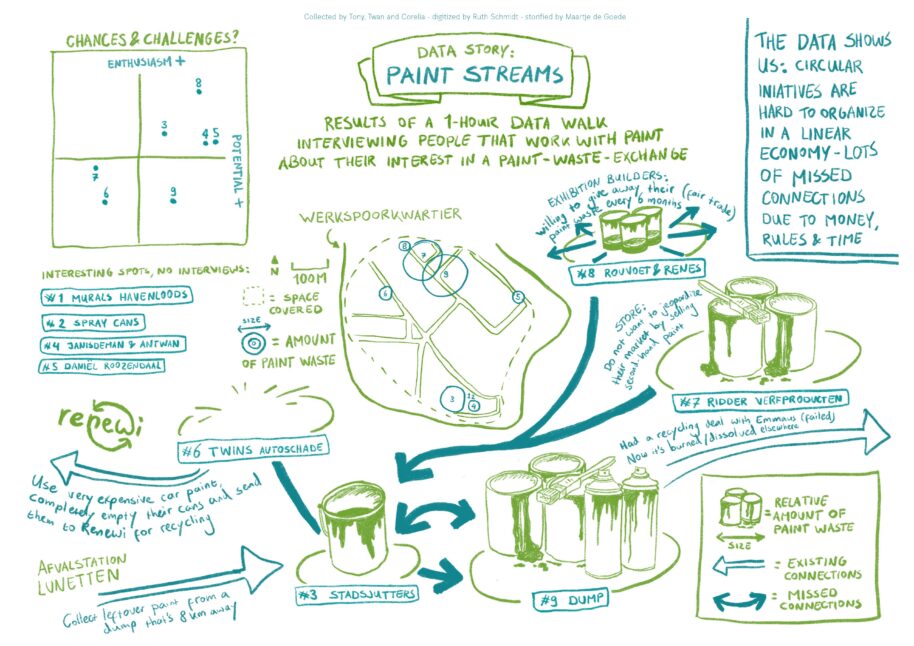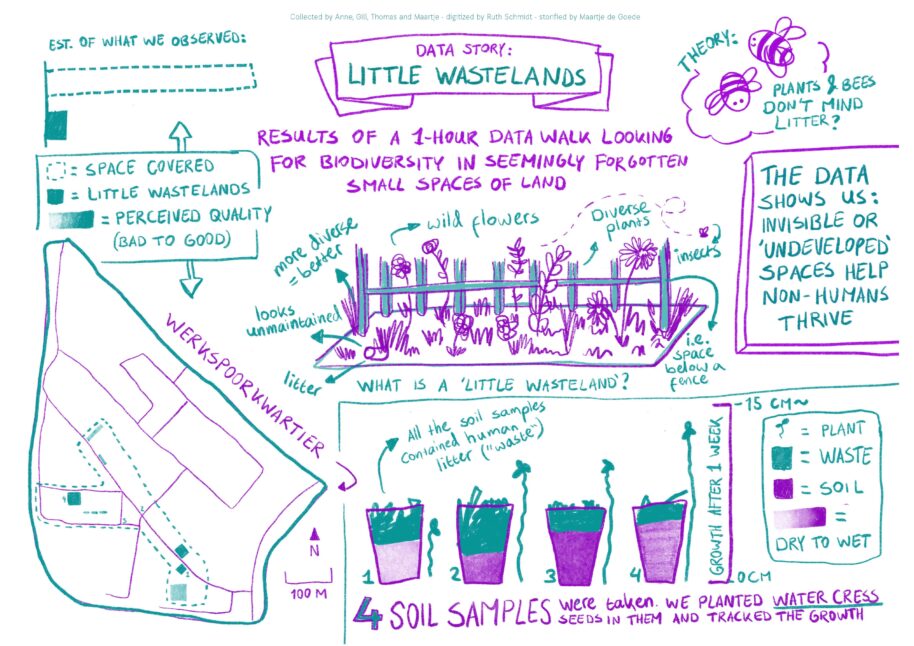How to use maker ethic, creative tinkering, and critical thinking to strengthen citizenship?
The Nearest Neighbour was a research collaboration between Creative Coding Utrecht, Creative Urban Methods of Utrecht University, and Amateur Cities with the objective of learning how to think critically about the relationship between urban politics of space and technology through hands-on creative experimentation.
The understanding of cities and technology today is inseparable. Currently, data-based technologies shape spatial governance, surveillance, navigation, working and learning, and how we spend our free time. Nearest Neighbor explored how can we make the hybridization of urban space more empowering for citizens.
Urban spaces, from public to domestic to personal, have all become a contested terrain of data mining. Sometimes it is unclear if the city is governed by data and algorithms or by its citizens. Because the critical discussion about smart cities takes place mostly in expert circles, most of us remain unaware of how much data we produce and give away every day. Citizens often do not realize they could influence how their data is used. With the Nearest Neighbor, we wanted to make this influence more tangible and understandable to help citizens make more informed decisions about both their cities and their data.
Within the Nearest Neighbour project, three data walks and workshops were organized in the area Werkspoorkwartier in Utrecht focusing on the broadly understood topic of waste. The participants defined their understanding of waste that ranged from rubbish to leaving space for biological diversity in the form of ‘wastelands’ and embraced different forms of technology-enabled forms of mapping it. The maps with their successes and discontents served as a starting point for reflection, and creating speculative scenarios for the future.


